
Rubber plants (Ficus elastica) are popular houseplants known for their glossy leaves and easy-care nature. However, like any plant, they can face issues such as root rot if not properly cared for. Root rot is a common problem that can severely affect the health and longevity of your rubber plant. In this guide, we will explore the causes, symptoms, prevention, and treatment of root rot in rubber plants, ensuring your leafy companion thrives.
Understanding Root Rot
Root rot is a condition caused by overwatering and poor drainage, leading to the decay of plant roots. It is often caused by fungal pathogens that thrive in overly moist conditions. In rubber plants, root rot can quickly become a serious problem, causing leaves to yellow and drop, ultimately leading to plant death if not addressed promptly.
Causes of Root Rot in Rubber Plants
The primary cause of root rot in rubber plants is excessive watering or poorly draining soil. When the soil remains waterlogged, the roots cannot access oxygen, leading to decay. Additionally, using a pot without proper drainage holes can exacerbate the problem by trapping excess water around the roots.
Symptoms of Root Rot
Identifying root rot early is crucial in saving your rubber plant. Common symptoms include:
- Yellowing leaves that may fall off prematurely.
- A foul odor emanating from the soil.
- Mushy or blackened roots when examined.
- Stunted growth and wilting, even when the plant is watered.
Preventing Root Rot
Prevention is always better than cure when it comes to root rot. Here are some tips to prevent root rot in your rubber plant:
- Watering: Water your rubber plant only when the top inch of soil feels dry to the touch. This usually means watering once every 1-2 weeks, depending on the humidity and temperature of your home.
- Drainage: Ensure your pot has adequate drainage holes to allow excess water to escape. Use a well-draining potting mix designed for indoor plants.
- Pot Selection: Choose a pot that is appropriately sized for your plant. A pot that is too large can hold excess water, increasing the risk of root rot.
- Humidity: Rubber plants thrive in moderate humidity levels. Consider misting the leaves or using a humidifier if your home is particularly dry.
Treating Root Rot
If you suspect your rubber plant has root rot, immediate action is necessary. Follow these steps to treat root rot:
- Remove the Plant: Carefully remove the plant from its pot and inspect the roots. Trim away any mushy or blackened roots using sterilized scissors.
- Repotting: Repot the plant in fresh, well-draining soil and a clean pot with drainage holes. Ensure the roots are not sitting in water.
- Watering: Adjust your watering schedule to prevent future occurrences, allowing the soil to dry out between waterings.
- Fungicide Treatment: In severe cases, consider using a fungicide to treat any remaining fungal spores in the soil.
Conclusion
Root rot can be a daunting issue for rubber plant owners, but with proper care and attention, it can be prevented and treated effectively. By understanding the causes and symptoms of root rot and implementing preventive measures, you can ensure your rubber plant remains healthy and vibrant. Regularly monitor your plant’s watering habits and drainage to keep root rot at bay, and enjoy the lush greenery that a thriving rubber plant brings to your space.
Rubber plants are prone to root rot if overwatered or if the soil has poor drainage. Symptoms of root rot include yellowing leaves, foul odor, and mushy roots. Prevent root rot by ensuring proper watering, drainage, and humidity levels. Treat root rot by trimming affected roots and repotting in fresh soil. 
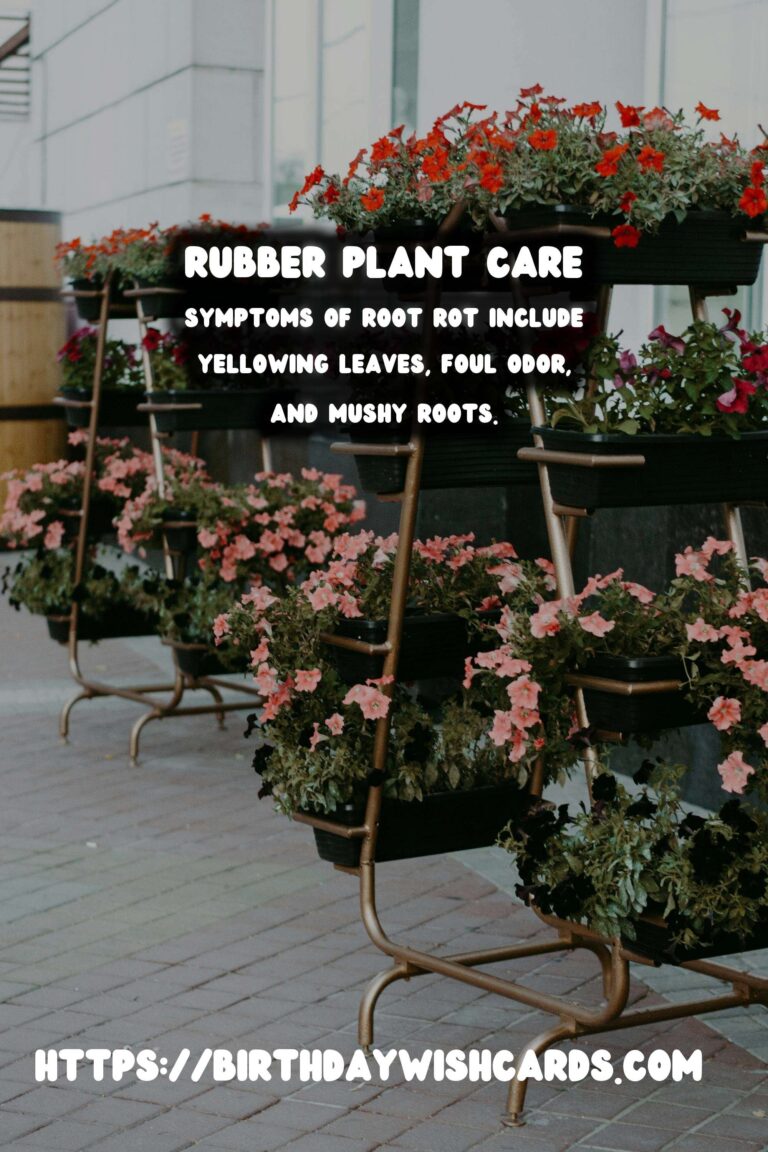
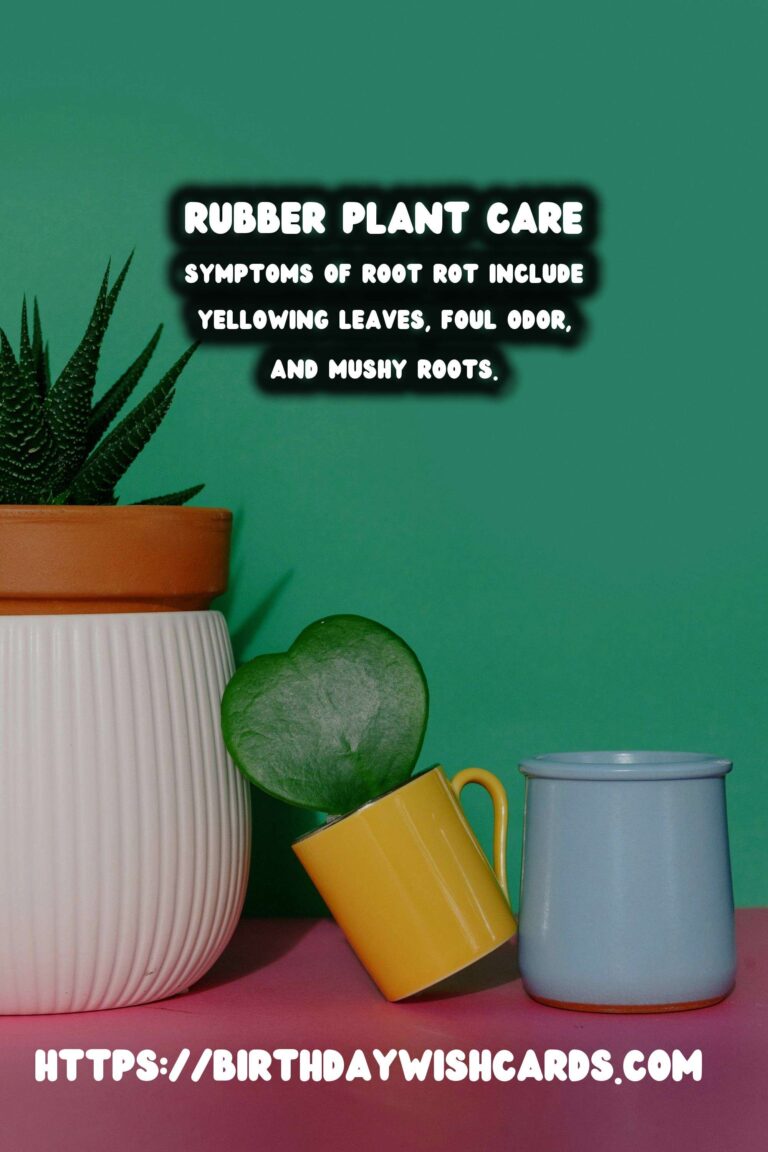
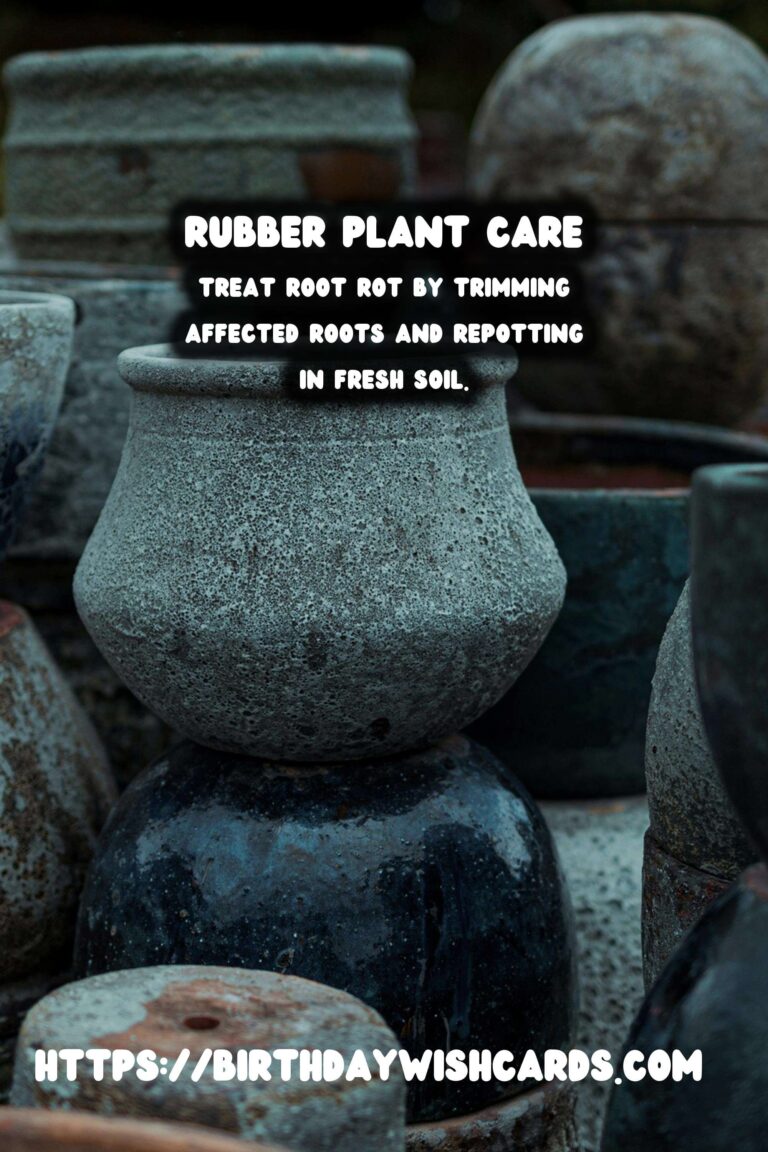
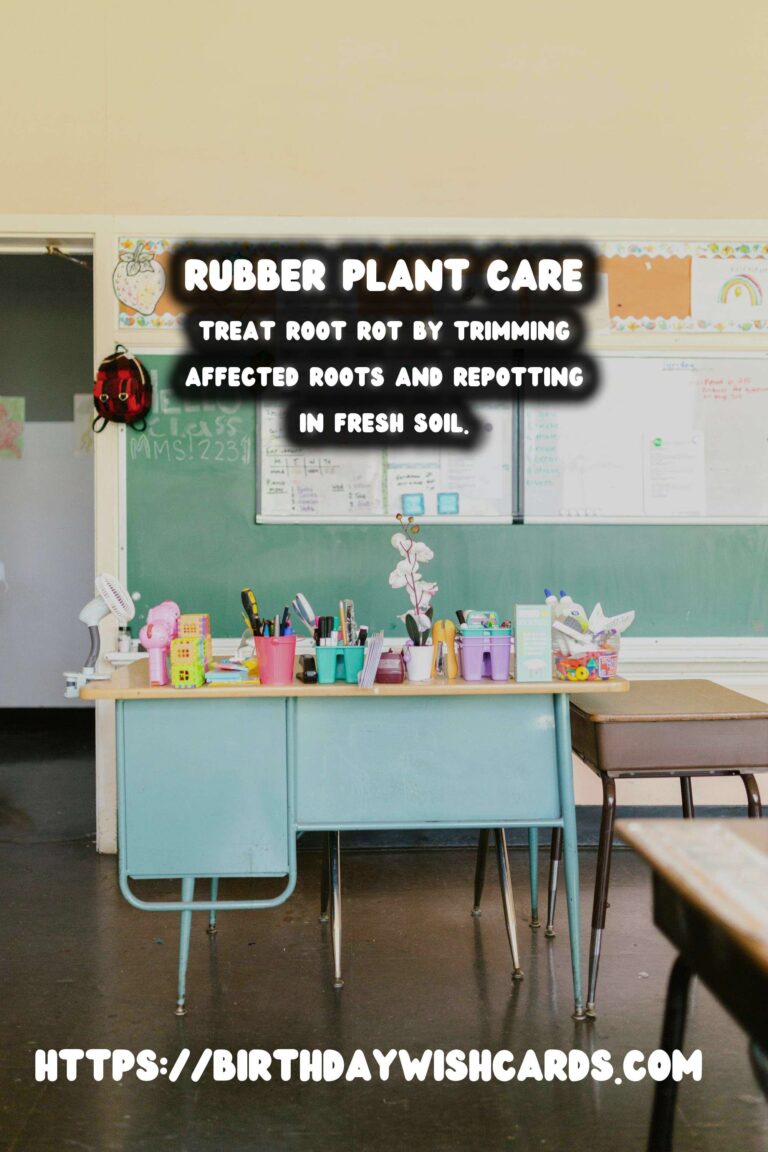
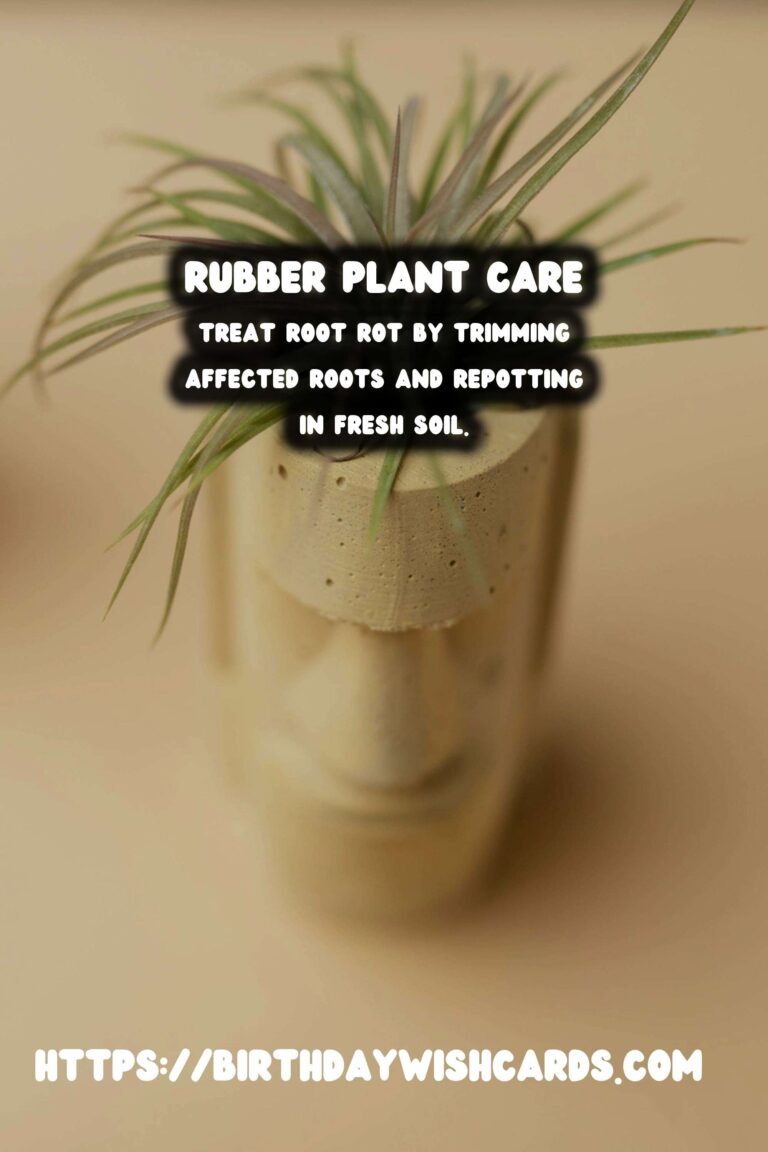
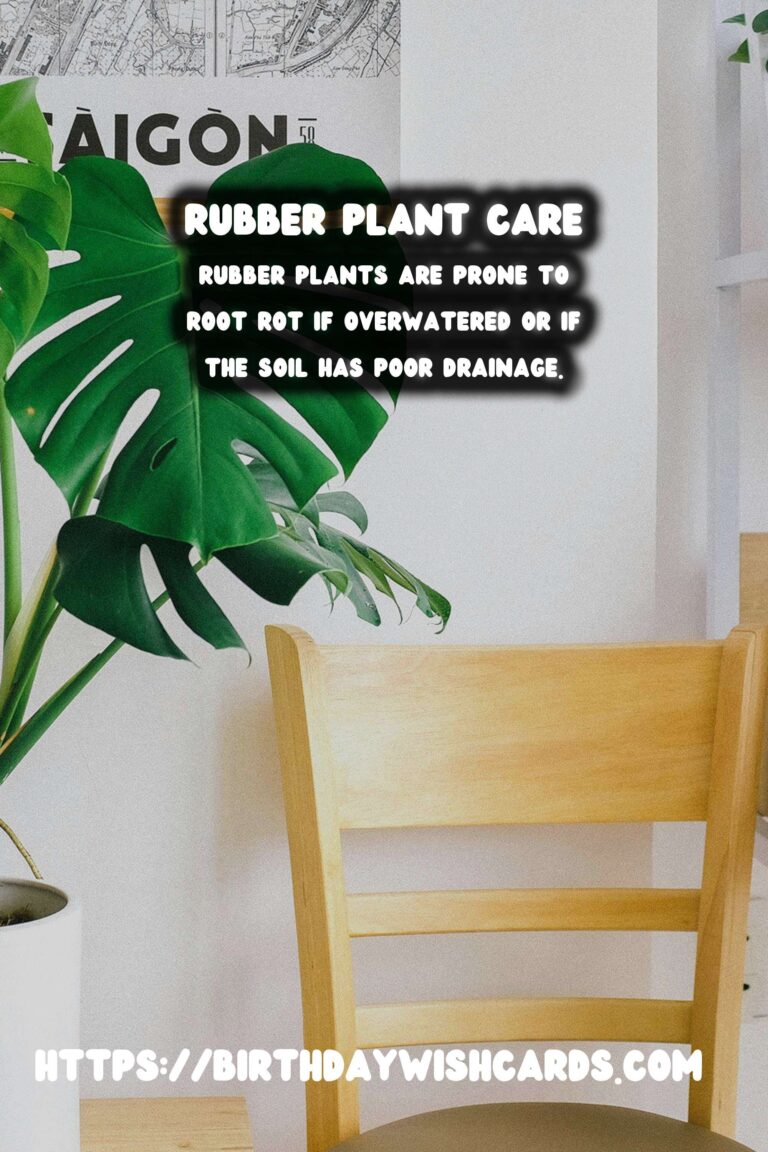
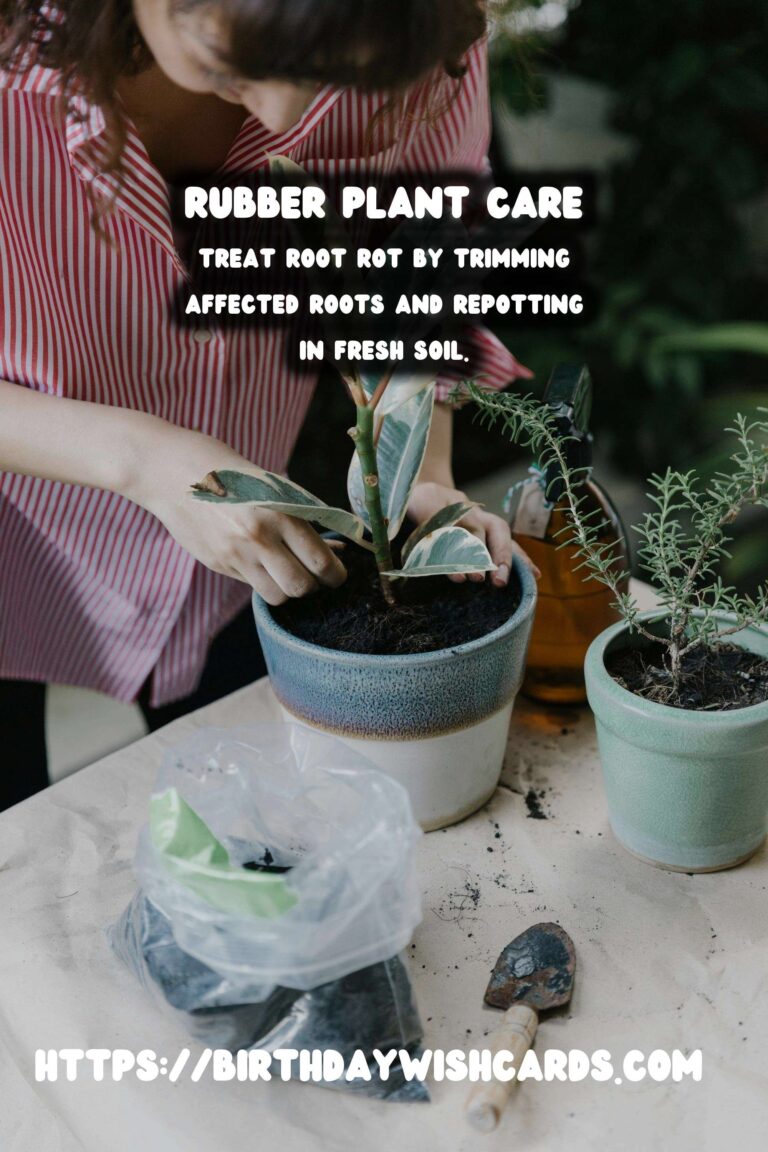
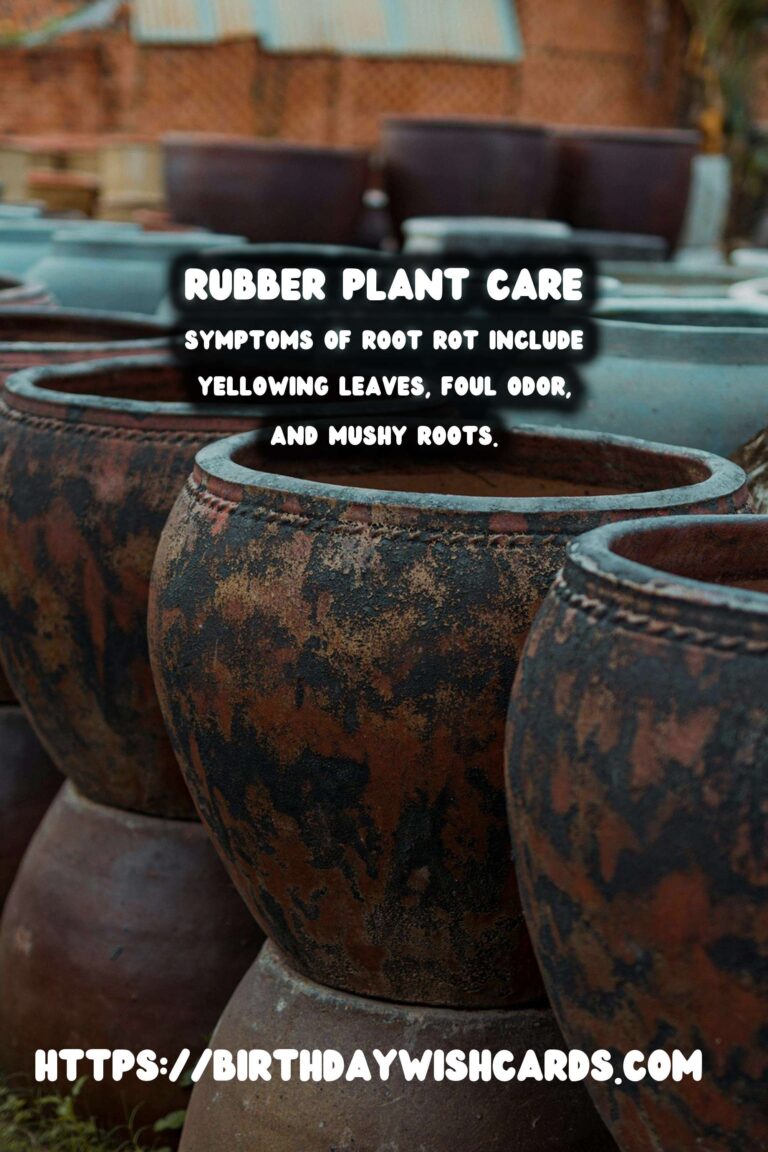
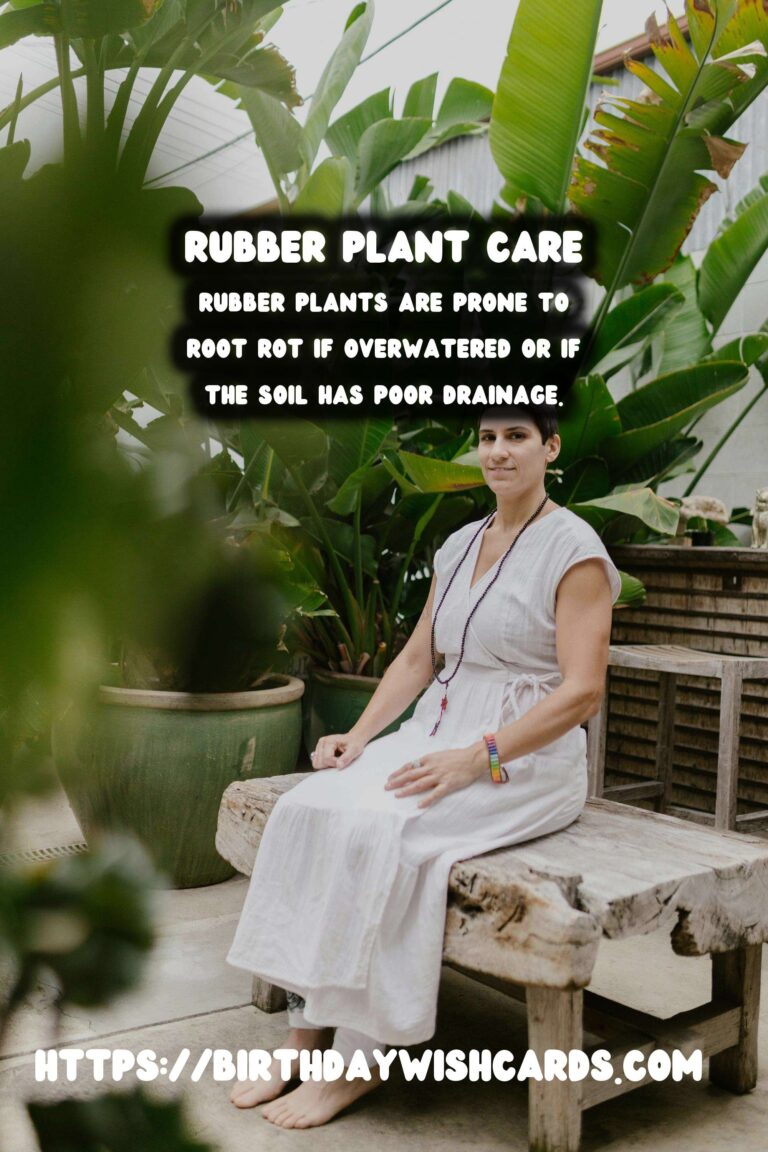
#RubberPlants #RootRot #PlantCare #HousePlants #Gardening



